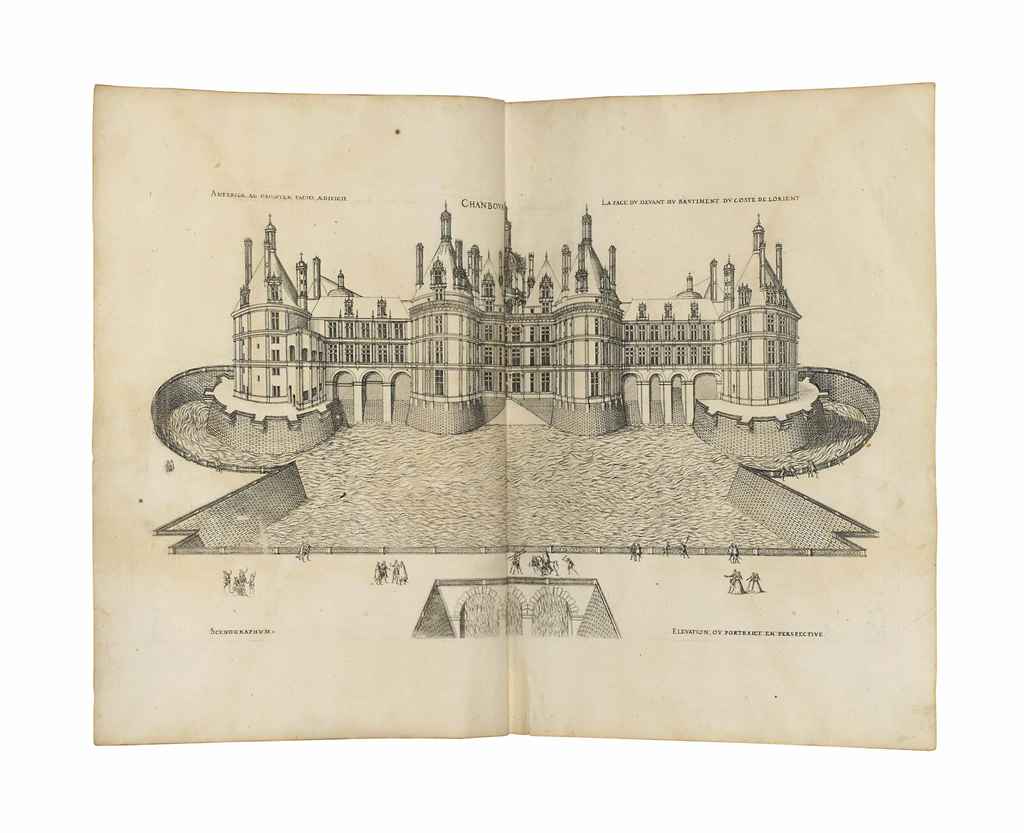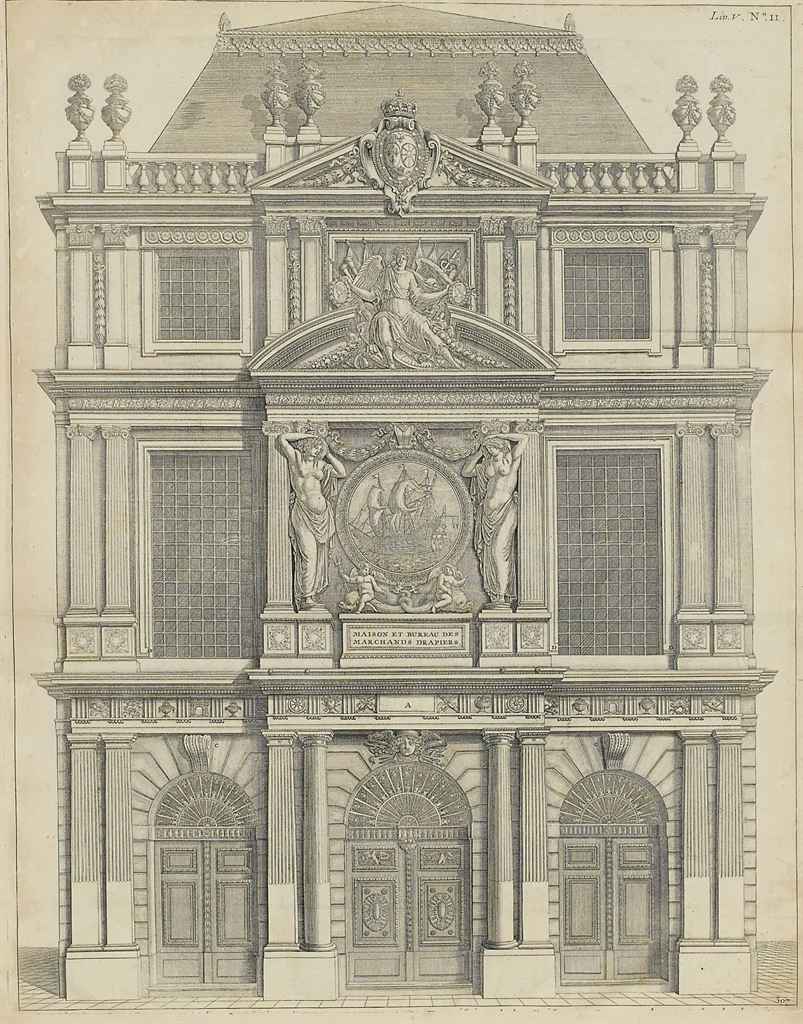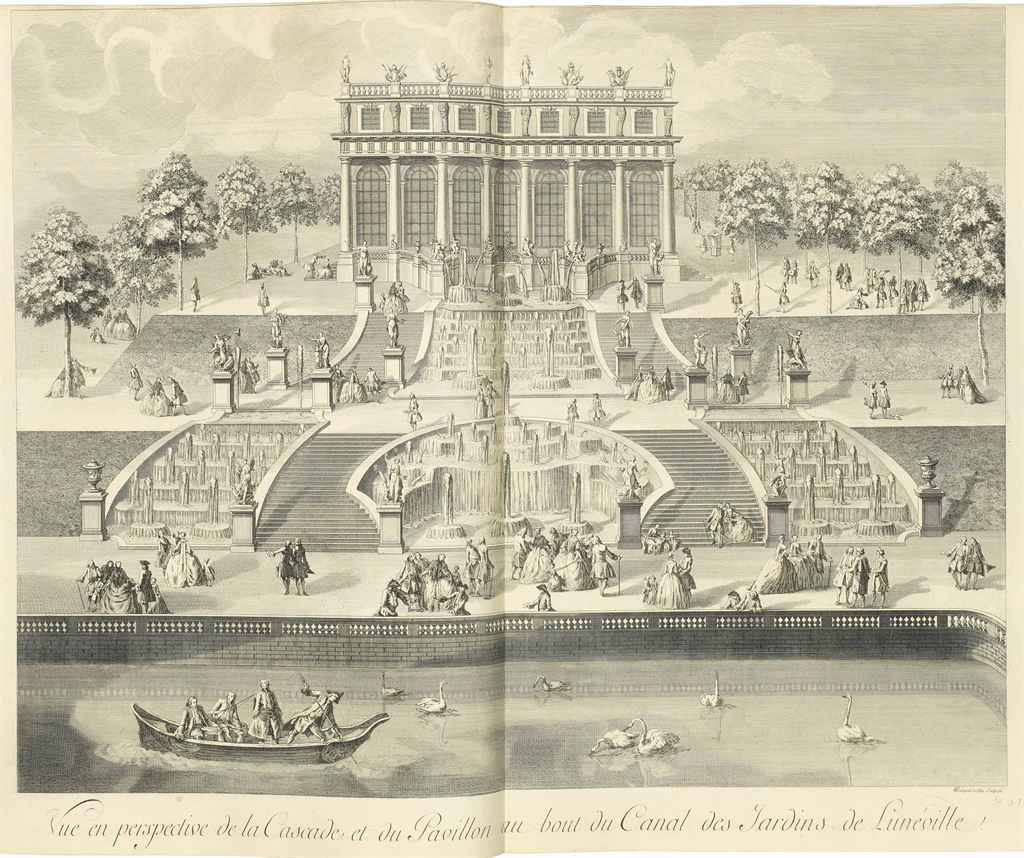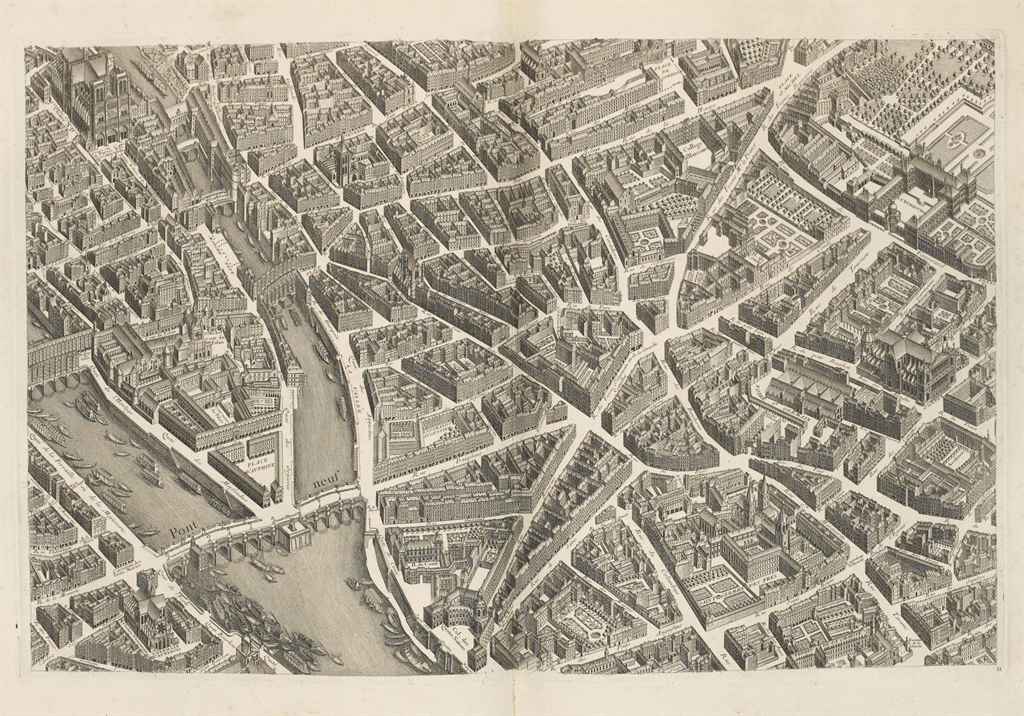POPE ALEXANDER IV (Rinaldo di Jenne, d.1261). Manuscript bull, a grant of papal protection and privileges to the abbess and nuns of the abbey of SS. Lorenzo and Nicola at L'Aquila, issued at the Lateran by Master Rolland, vice-chancellor of the Roman Church, 29 December 1257, first line in compressed display script with elongated ascenders, opening word and large initial with decorative pen-flourishing, rota, secretarial(?) signature and monogram of the pope, also with the signatures and marks of John de Toledo (d.1275, as cardinal priest of San Lorenzo in Lucina), Hugh of Saint-Cher (c.1200-1263, noted biblical commentator, as cardinal priest of Santa Sabina), Odo of Châteauroux (c.1190-1273, theologian, as bishop of Tusculum), Stephan Bàncsa (d.1270, the first Hungarian cardinal, as bishop of Palestrina), Riccardo Annibaldi (c.1200-1276, a relative -- possibly nephew -- of Alexander IV, as cardinal deacon of Sant'Angelo), Ottaviano degli Ubaldini (1214-1273, as cardinal deacon of Santa Maria in Via Lata) and Pietro Capocci (c.1200-1259, as cardinal deacon of San Giorgio in Velabro), in Latin on vellum, 31 lines in papal documentary script on one membrane, 700 x 570mm, later endorsements on verso, one of the ?17th Century identifying the document as an exemption granted to the monastery of Santa Chiara (some staining to margins and down one vertical fold, a few punctures, somewhat creased), lead seal pendant on silk cord (somewhat frayed), framed and glazed. Privileges granted by the bull include perpetual continuance of the abbey as a Damianite house of the Benedictine order, security of possessions, the right to receive any 'free and absolved' candidates into the abbey without opposition; no nun is permitted to leave; no charge to be made to the abbey by the diocese for consecrating a church or altars or for any other sacraments; in the case of a general interdiction, the abbey may celebrate divine office provided the doors are closed, the interdicted and excommunicates are excluded and bells are not rung; amongst other privileges, no one is to commit any acts of theft, arson or violence including murder within the abbey grounds and lands. Alexander also confirms any past or future privileges granted by the bishops of L'Aquila, reciting a privilege of Bishop Berardo dated earlier in the same month which grants the abbey exemption from episcopal jurisdiction in exchange for one pound of wax annually on the feast of St Maximus (which levy Alexander now transfers to the papacy). Anyone acting against the terms of the privilege is to suffer excommunication. The city of L'Aquila had been founded only three years previously, and was erected as a diocese by Alexander IV in February 1257 before -- in defiance of the protections conferred in the present document -- being rased to the ground less than two years later by Manfred as a punishment for its adherence to the papacy. Cottineau records a Benedictine abbey of San Lorenzo 'ancienne et abandonnée ... sur une colline, à 1.500 pas de la ville' ( Répertoire topo-bibliographique des Abbayes et prieurés , 1939, p.130), which may be the house referred to in the present document. However, the 17th-century endorsement identifying the foundation as Santa Chiara suggests a possible link with the Damianite abbey of S. Maria ad fontes de Acquilis at L'Aquila, the subject of a grant of privileges in near-identical terms by Alexander IV on 30 April 1256 (sold at Sotheby's, 19 June 1979), which was in 1333 refounded as a Clarissite house under the name of S. Chiara de Acquili.
POPE ALEXANDER IV (Rinaldo di Jenne, d.1261). Manuscript bull, a grant of papal protection and privileges to the abbess and nuns of the abbey of SS. Lorenzo and Nicola at L'Aquila, issued at the Lateran by Master Rolland, vice-chancellor of the Roman Church, 29 December 1257, first line in compressed display script with elongated ascenders, opening word and large initial with decorative pen-flourishing, rota, secretarial(?) signature and monogram of the pope, also with the signatures and marks of John de Toledo (d.1275, as cardinal priest of San Lorenzo in Lucina), Hugh of Saint-Cher (c.1200-1263, noted biblical commentator, as cardinal priest of Santa Sabina), Odo of Châteauroux (c.1190-1273, theologian, as bishop of Tusculum), Stephan Bàncsa (d.1270, the first Hungarian cardinal, as bishop of Palestrina), Riccardo Annibaldi (c.1200-1276, a relative -- possibly nephew -- of Alexander IV, as cardinal deacon of Sant'Angelo), Ottaviano degli Ubaldini (1214-1273, as cardinal deacon of Santa Maria in Via Lata) and Pietro Capocci (c.1200-1259, as cardinal deacon of San Giorgio in Velabro), in Latin on vellum, 31 lines in papal documentary script on one membrane, 700 x 570mm, later endorsements on verso, one of the ?17th Century identifying the document as an exemption granted to the monastery of Santa Chiara (some staining to margins and down one vertical fold, a few punctures, somewhat creased), lead seal pendant on silk cord (somewhat frayed), framed and glazed. Privileges granted by the bull include perpetual continuance of the abbey as a Damianite house of the Benedictine order, security of possessions, the right to receive any 'free and absolved' candidates into the abbey without opposition; no nun is permitted to leave; no charge to be made to the abbey by the diocese for consecrating a church or altars or for any other sacraments; in the case of a general interdiction, the abbey may celebrate divine office provided the doors are closed, the interdicted and excommunicates are excluded and bells are not rung; amongst other privileges, no one is to commit any acts of theft, arson or violence including murder within the abbey grounds and lands. Alexander also confirms any past or future privileges granted by the bishops of L'Aquila, reciting a privilege of Bishop Berardo dated earlier in the same month which grants the abbey exemption from episcopal jurisdiction in exchange for one pound of wax annually on the feast of St Maximus (which levy Alexander now transfers to the papacy). Anyone acting against the terms of the privilege is to suffer excommunication. The city of L'Aquila had been founded only three years previously, and was erected as a diocese by Alexander IV in February 1257 before -- in defiance of the protections conferred in the present document -- being rased to the ground less than two years later by Manfred as a punishment for its adherence to the papacy. Cottineau records a Benedictine abbey of San Lorenzo 'ancienne et abandonnée ... sur une colline, à 1.500 pas de la ville' ( Répertoire topo-bibliographique des Abbayes et prieurés , 1939, p.130), which may be the house referred to in the present document. However, the 17th-century endorsement identifying the foundation as Santa Chiara suggests a possible link with the Damianite abbey of S. Maria ad fontes de Acquilis at L'Aquila, the subject of a grant of privileges in near-identical terms by Alexander IV on 30 April 1256 (sold at Sotheby's, 19 June 1979), which was in 1333 refounded as a Clarissite house under the name of S. Chiara de Acquili.
POPE ALEXANDER IV (Rinaldo di Jenne, d.1261). Manuscript bull, a grant of papal protection and privileges to the abbess and nuns of the abbey of SS. Lorenzo and Nicola at L'Aquila, issued at the Lateran by Master Rolland, vice-chancellor of the Roman Church, 29 December 1257, first line in compressed display script with elongated ascenders, opening word and large initial with decorative pen-flourishing, rota, secretarial(?) signature and monogram of the pope, also with the signatures and marks of John de Toledo (d.1275, as cardinal priest of San Lorenzo in Lucina), Hugh of Saint-Cher (c.1200-1263, noted biblical commentator, as cardinal priest of Santa Sabina), Odo of Châteauroux (c.1190-1273, theologian, as bishop of Tusculum), Stephan Bàncsa (d.1270, the first Hungarian cardinal, as bishop of Palestrina), Riccardo Annibaldi (c.1200-1276, a relative -- possibly nephew -- of Alexander IV, as cardinal deacon of Sant'Angelo), Ottaviano degli Ubaldini (1214-1273, as cardinal deacon of Santa Maria in Via Lata) and Pietro Capocci (c.1200-1259, as cardinal deacon of San Giorgio in Velabro), in Latin on vellum, 31 lines in papal documentary script on one membrane, 700 x 570mm, later endorsements on verso, one of the ?17th Century identifying the document as an exemption granted to the monastery of Santa Chiara (some staining to margins and down one vertical fold, a few punctures, somewhat creased), lead seal pendant on silk cord (somewhat frayed), framed and glazed. Privileges granted by the bull include perpetual continuance of the abbey as a Damianite house of the Benedictine order, security of possessions, the right to receive any 'free and absolved' candidates into the abbey without opposition; no nun is permitted to leave; no charge to be made to the abbey by the diocese for consecrating a church or altars or for any other sacraments; in the case of a general interdiction, the abbey may celebrate divine office provided the doors are closed, the interdicted and excommunicates are excluded and bells are not rung; amongst other privileges, no one is to commit any acts of theft, arson or violence including murder within the abbey grounds and lands. Alexander also confirms any past or future privileges granted by the bishops of L'Aquila, reciting a privilege of Bishop Berardo dated earlier in the same month which grants the abbey exemption from episcopal jurisdiction in exchange for one pound of wax annually on the feast of St Maximus (which levy Alexander now transfers to the papacy). Anyone acting against the terms of the privilege is to suffer excommunication. The city of L'Aquila had been founded only three years previously, and was erected as a diocese by Alexander IV in February 1257 before -- in defiance of the protections conferred in the present document -- being rased to the ground less than two years later by Manfred as a punishment for its adherence to the papacy. Cottineau records a Benedictine abbey of San Lorenzo 'ancienne et abandonnée ... sur une colline, à 1.500 pas de la ville' ( Répertoire topo-bibliographique des Abbayes et prieurés , 1939, p.130), which may be the house referred to in the present document. However, the 17th-century endorsement identifying the foundation as Santa Chiara suggests a possible link with the Damianite abbey of S. Maria ad fontes de Acquilis at L'Aquila, the subject of a grant of privileges in near-identical terms by Alexander IV on 30 April 1256 (sold at Sotheby's, 19 June 1979), which was in 1333 refounded as a Clarissite house under the name of S. Chiara de Acquili.
POPE ALEXANDER IV (Rinaldo di Jenne, d.1261). Manuscript bull, a grant of papal protection and privileges to the abbess and nuns of the abbey of SS. Lorenzo and Nicola at L'Aquila, issued at the Lateran by Master Rolland, vice-chancellor of the Roman Church, 29 December 1257, first line in compressed display script with elongated ascenders, opening word and large initial with decorative pen-flourishing, rota, secretarial(?) signature and monogram of the pope, also with the signatures and marks of John de Toledo (d.1275, as cardinal priest of San Lorenzo in Lucina), Hugh of Saint-Cher (c.1200-1263, noted biblical commentator, as cardinal priest of Santa Sabina), Odo of Châteauroux (c.1190-1273, theologian, as bishop of Tusculum), Stephan Bàncsa (d.1270, the first Hungarian cardinal, as bishop of Palestrina), Riccardo Annibaldi (c.1200-1276, a relative -- possibly nephew -- of Alexander IV, as cardinal deacon of Sant'Angelo), Ottaviano degli Ubaldini (1214-1273, as cardinal deacon of Santa Maria in Via Lata) and Pietro Capocci (c.1200-1259, as cardinal deacon of San Giorgio in Velabro), in Latin on vellum, 31 lines in papal documentary script on one membrane, 700 x 570mm, later endorsements on verso, one of the ?17th Century identifying the document as an exemption granted to the monastery of Santa Chiara (some staining to margins and down one vertical fold, a few punctures, somewhat creased), lead seal pendant on silk cord (somewhat frayed), framed and glazed. Privileges granted by the bull include perpetual continuance of the abbey as a Damianite house of the Benedictine order, security of possessions, the right to receive any 'free and absolved' candidates into the abbey without opposition; no nun is permitted to leave; no charge to be made to the abbey by the diocese for consecrating a church or altars or for any other sacraments; in the case of a general interdiction, the abbey may celebrate divine office provided the doors are closed, the interdicted and excommunicates are excluded and bells are not rung; amongst other privileges, no one is to commit any acts of theft, arson or violence including murder within the abbey grounds and lands. Alexander also confirms any past or future privileges granted by the bishops of L'Aquila, reciting a privilege of Bishop Berardo dated earlier in the same month which grants the abbey exemption from episcopal jurisdiction in exchange for one pound of wax annually on the feast of St Maximus (which levy Alexander now transfers to the papacy). Anyone acting against the terms of the privilege is to suffer excommunication. The city of L'Aquila had been founded only three years previously, and was erected as a diocese by Alexander IV in February 1257 before -- in defiance of the protections conferred in the present document -- being rased to the ground less than two years later by Manfred as a punishment for its adherence to the papacy. Cottineau records a Benedictine abbey of San Lorenzo 'ancienne et abandonnée ... sur une colline, à 1.500 pas de la ville' ( Répertoire topo-bibliographique des Abbayes et prieurés , 1939, p.130), which may be the house referred to in the present document. However, the 17th-century endorsement identifying the foundation as Santa Chiara suggests a possible link with the Damianite abbey of S. Maria ad fontes de Acquilis at L'Aquila, the subject of a grant of privileges in near-identical terms by Alexander IV on 30 April 1256 (sold at Sotheby's, 19 June 1979), which was in 1333 refounded as a Clarissite house under the name of S. Chiara de Acquili.















Try LotSearch and its premium features for 7 days - without any costs!
Be notified automatically about new items in upcoming auctions.
Create an alert